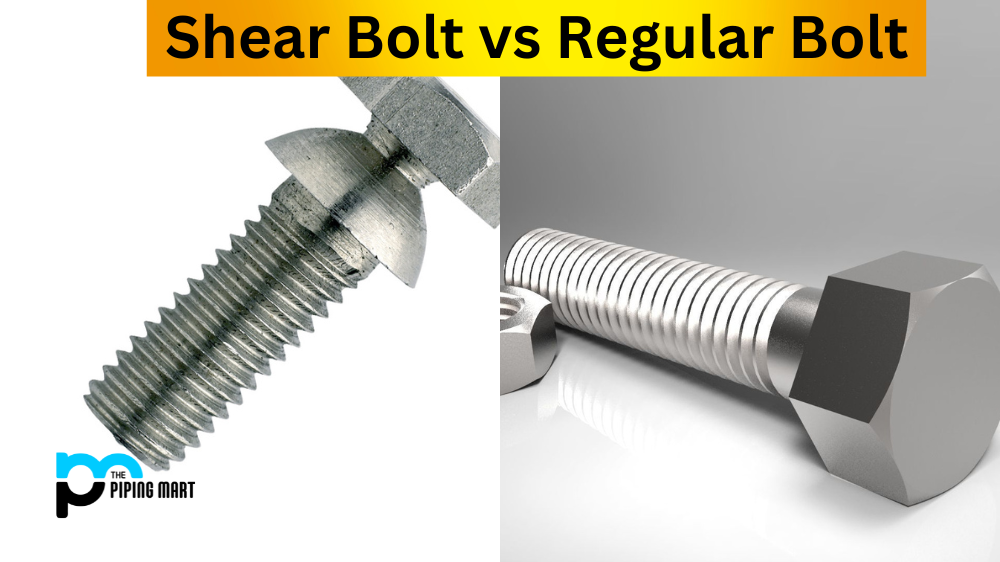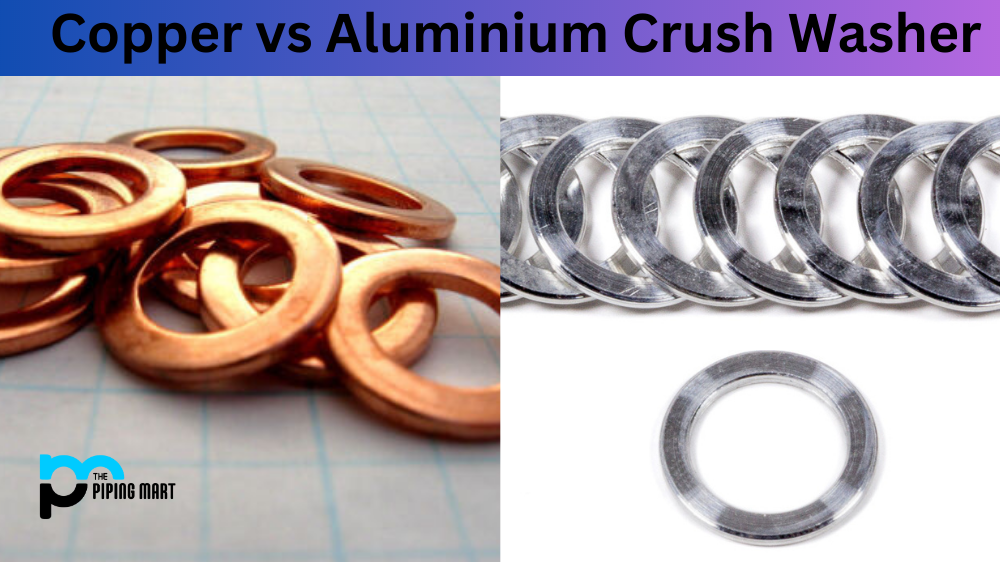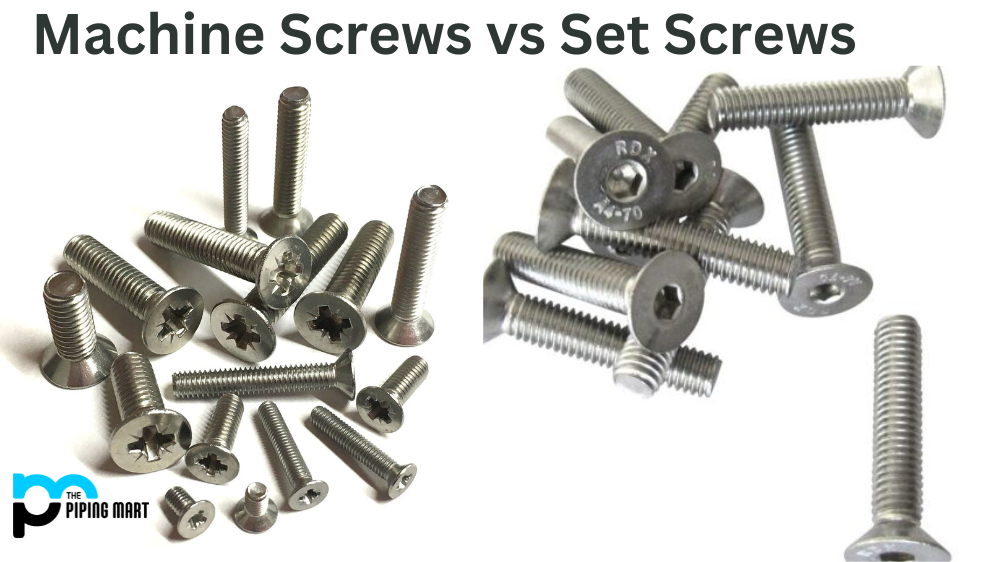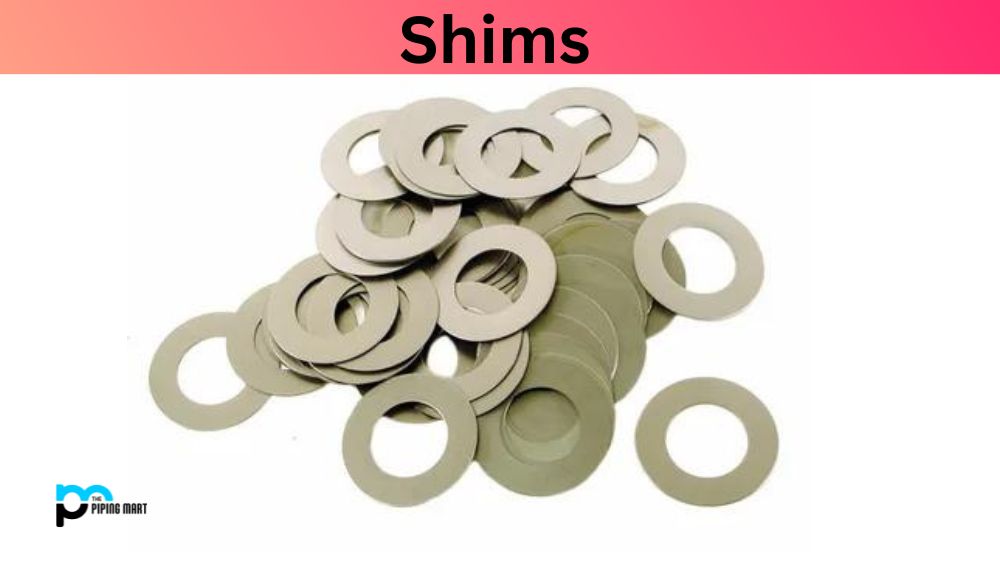When it comes to hardware, there are all sorts of bolts out there. But if you need something that can handle higher tensions and shearing forces, you may consider using a shear bolt instead of a regular one. Let’s look at what makes these two bolts different, so you can make the best choice for your project.
What is Shear Bolt?
A shear bolt is designed to break in the event that it is subjected to too much tension or pressure. This type of bolt has an intentionally weakened section near its head which will cause the bolt to snap when excessive force is applied. This feature helps protect whatever it is attached to from further damage by preventing too much stress from being put on the material.
What is Regular Bolt?
A regular bolt, also known as a hex cap screw, is one of the most common fastening devices used in construction and engineering. It has a head at one end and a threaded shaft along its length, which helps to create a secure connection between two objects such as wood or metal. The main differences between regular bolts and other varieties are that they have larger thread diameters with smaller pitch measurements, and often feature six-sided nuts rather than the traditional four-sided ones. When selecting the proper size for your application, it’s important to take into account both the length of your fastener and the head size required for your application. With that being said, what makes a regular bolt special is its versatility; whether you’re looking for heavy duty bolting for construction materials or just need a basic connection piece, regular bolts come in many sizes and shapes to meet any of your needs.
Difference Between Regular Bolt and Shear Bolt
Regular bolts are designed to hold things together and not break apart. As such, they are capable of withstanding more force than shear bolts before they fail. However, this means that regular bolts do not have any protection against over-stressing materials or components they are attached to; if too much force is applied, they will continue to stay intact even though other parts may be damaged as a result.
Shear bolts, on the other hand, have been specifically engineered for situations where components need some form of protection against excessive tension or pressure. By breaking apart under these conditions, shear bolts help limit further damage or destruction because excess forces can no longer be applied once the bolt has snapped in two. This makes them perfect for applications in motors and engines where sudden surges of power or torque may occur unexpectedly.
- Shear bolts are designed to fail under a specific amount of force, whereas regular bolts are not.
- Shear bolts are typically made from a weaker material than regular bolts so that they will fail before the object they are holding together does.
- Shear bolts are often used in applications where safety is a concern, such as in load-bearing structures or in machinery.
- Regular bolts can be used in place of shear bolts, but they will not provide the same level of safety.
- Shear bolts are usually more expensive than regular bolts due to the special materials and manufacturing process required.
- Shear bolts are typically not reusable, whereas regular bolts can be reused if they are not damaged during removal.
Conclusion:
When deciding between using a regular bolt or a shear bolt for your project, there are several factors to consider, including cost, application requirements and design specifications. When it comes down to it, though, if your application involves high levels of tension or pressure, then you should strongly consider using a shear bolt instead of a regular one. By breaking apart under excessive forces, shear bolts can help protect any material they are attached to from further damage while still providing enough stability for most applications. All this makes them an ideal choice when safety and reliability are paramount considerations!

A passionate metal industry expert and blogger. With over 5 years of experience in the field, Palak brings a wealth of knowledge and insight to her writing. Whether discussing the latest trends in the metal industry or sharing tips, she is dedicated to helping others succeed in the metal industry.




